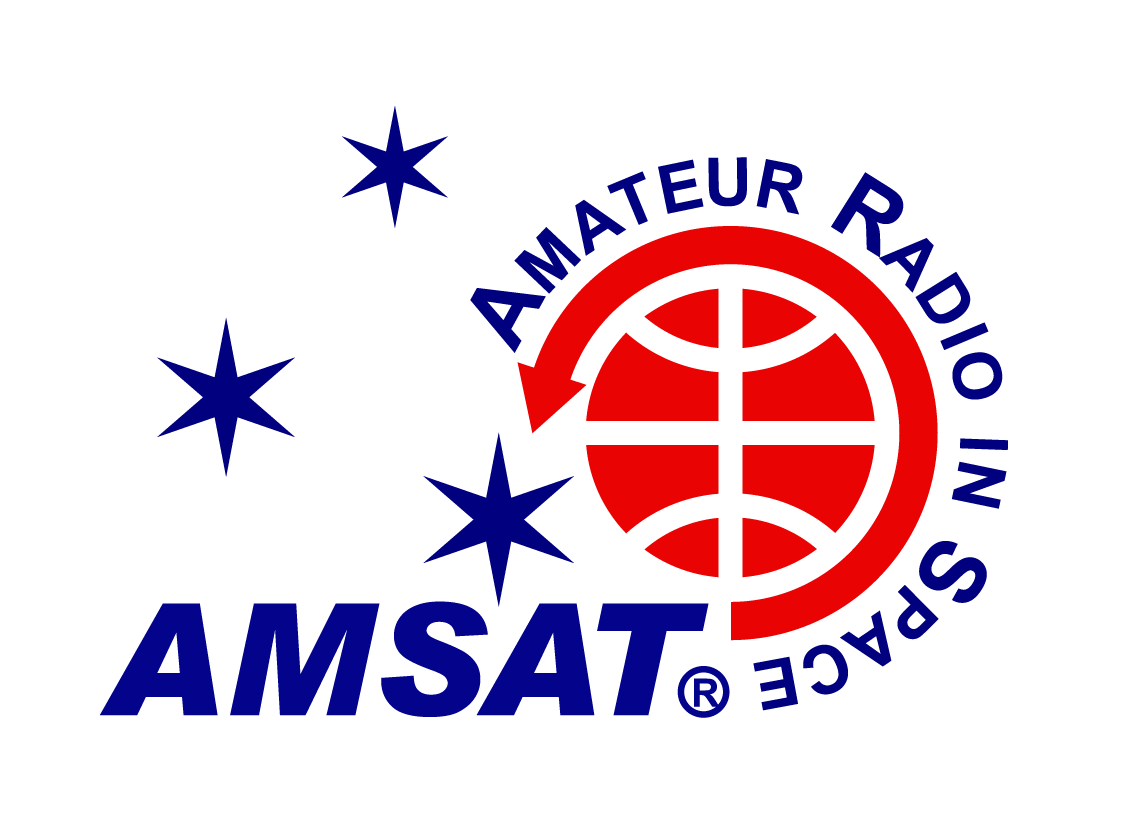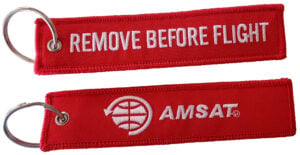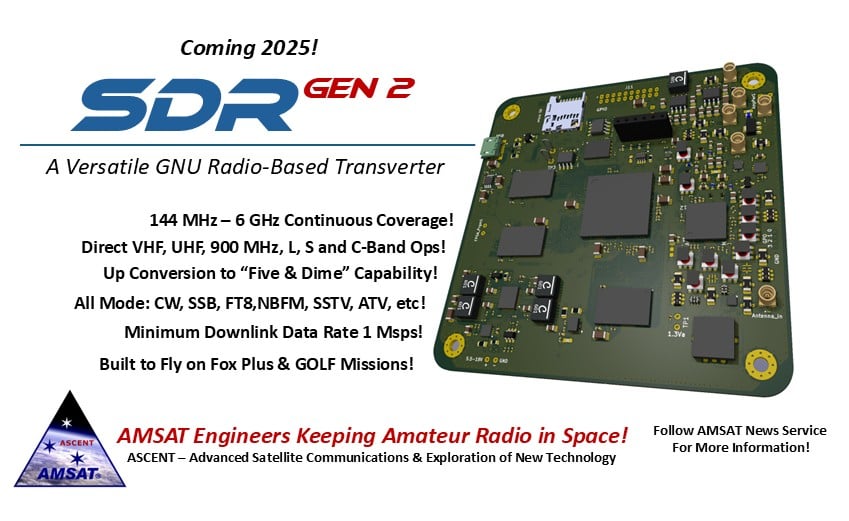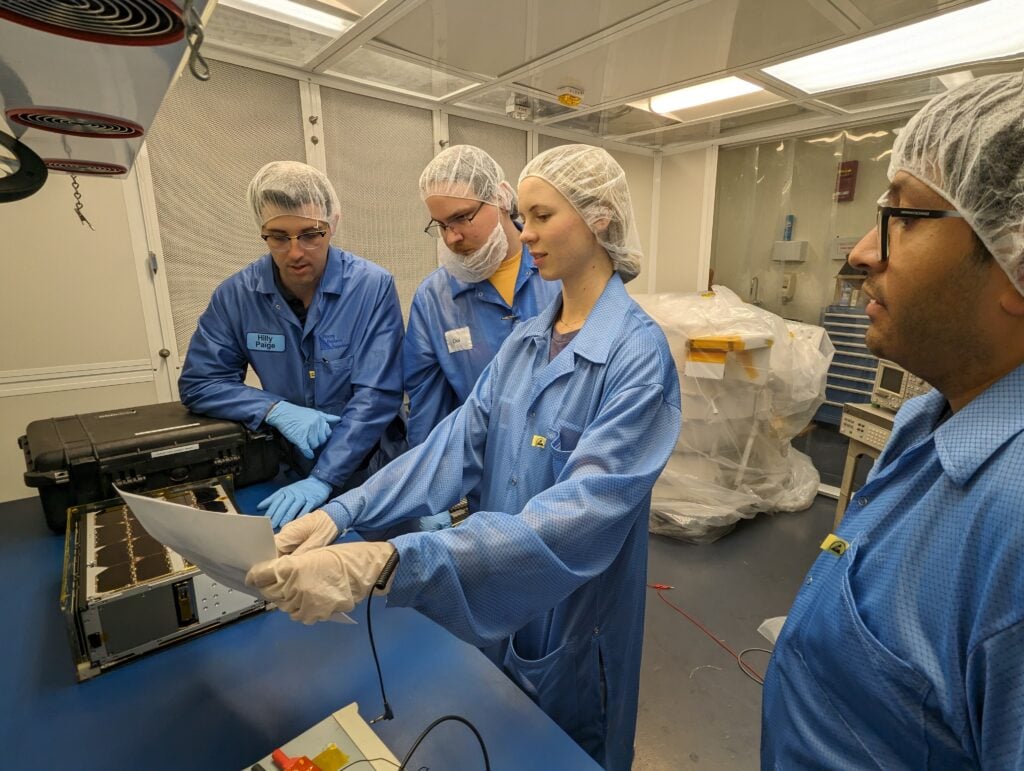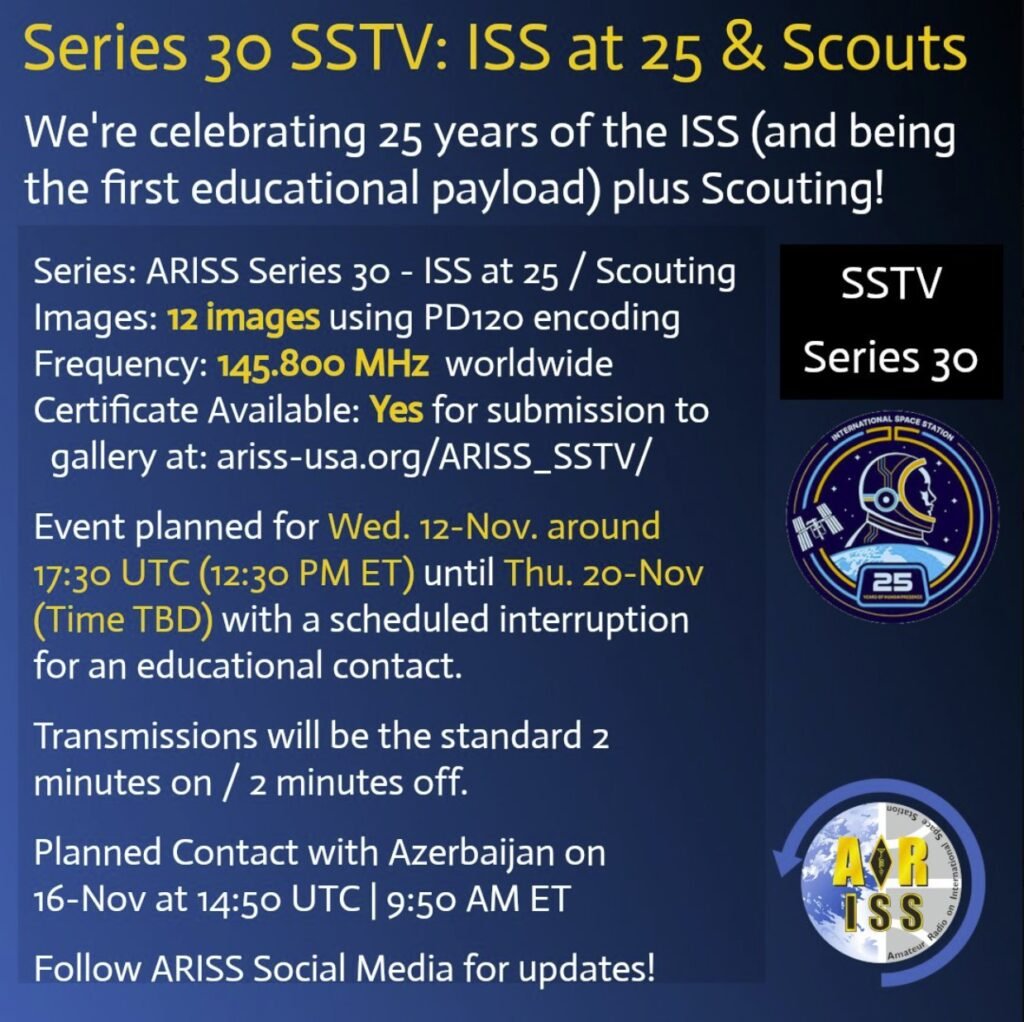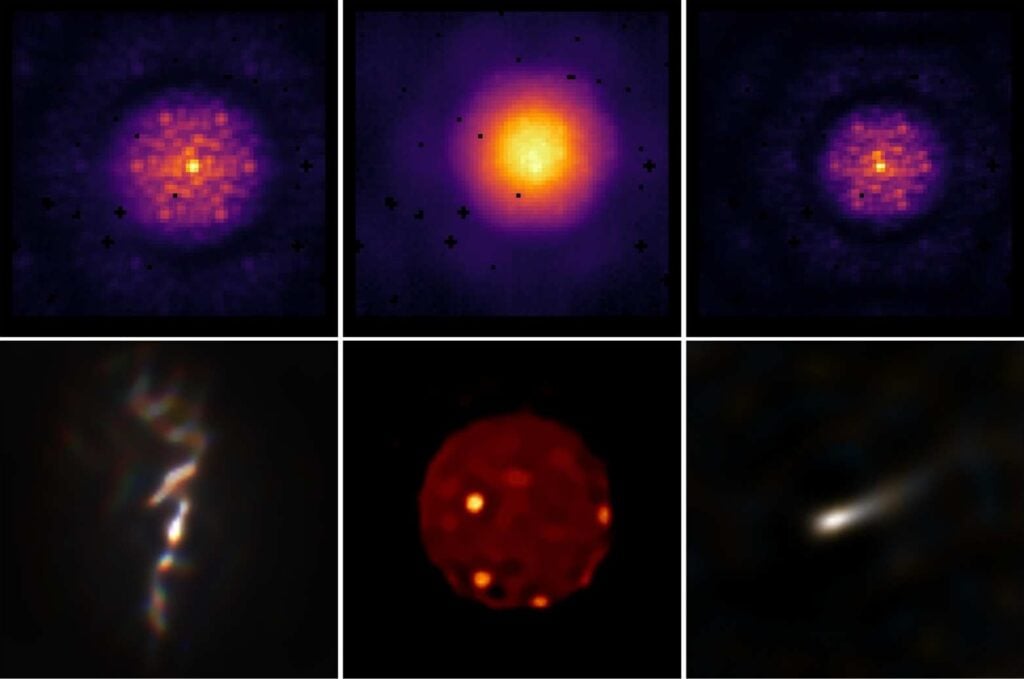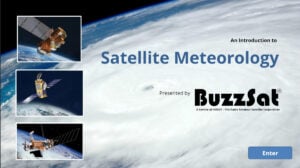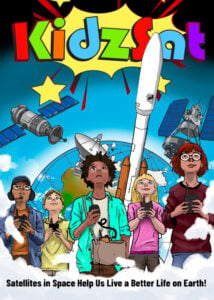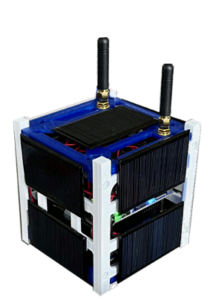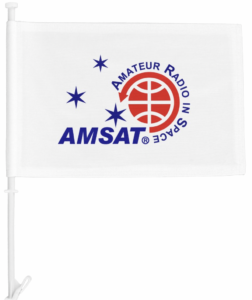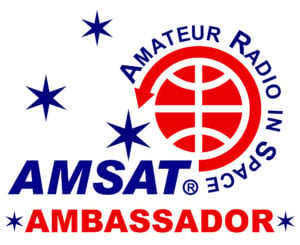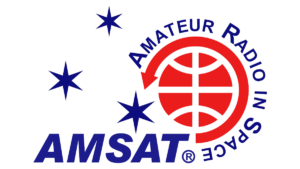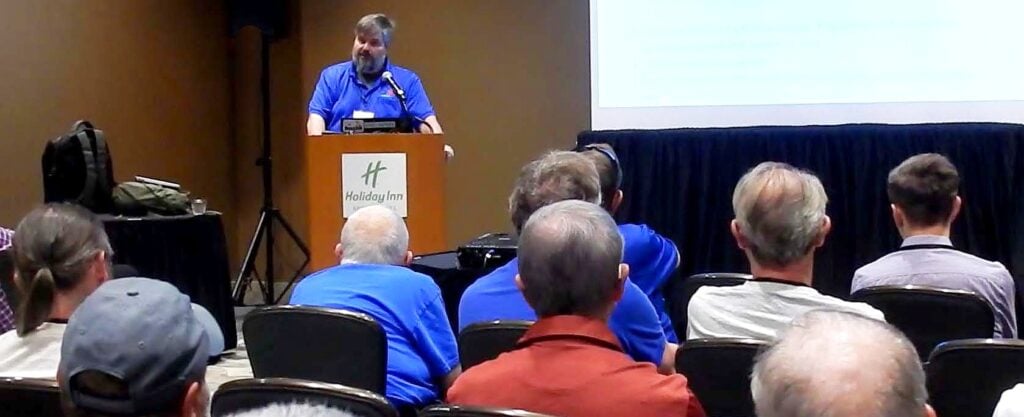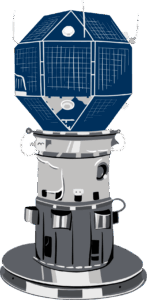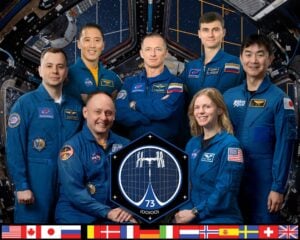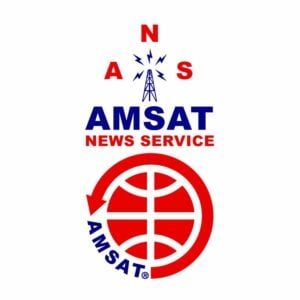
AMSAT News Service
ANS-320
November 16, 2025
In this edition:
* BOTAN Digipeater Schedule a Challenge for U.S. Hams
* Launch Scrubbed Due to ‘Highly Elevated Solar Activity’
* Alarm Over Reductions at Goddard Space Flight Center
* Comet Photos Plagued by Satellite Streaks
* Changes to AMSAT-NA TLE Distribution
* ARISS SSTV Event Continues
* ARISS News
* AMSAT Ambassador Activities
* Satellite Shorts From All Over
The AMSAT® News Service bulletins are a free, weekly news and information service of AMSAT, The Radio Amateur Satellite Corporation. ANS publishes news related to Amateur Radio in Space including reports on the activities of a worldwide group of Amateur Radio operators who share an active interest in designing, building, launching and communicating through analog and digital Amateur Radio satellites.
The news feed on https://www.amsat.org publishes news of Amateur Radio in Space as soon as our volunteers can post it.
Please send any amateur satellite news or reports to: ans-editor [at] amsat.org
You can sign up for free e-mail delivery of the AMSAT News Service Bulletins via the ANS List; to join this list see: https://mailman.amsat.org/postorius/lists/ans.amsat.org/
BOTAN Digipeater Schedule a Challenge for U.S. Hams
BOTAN, a 1U cubesat built by students of the Chiba Institute of Technology in Japan, was deployed from the International Space Station (ISS) on October 10 via the Japanese Space Agency (JAXA) “Kibo” module. The satellite carries an earth-observation camera downloading images upon ground station command at 437.375 MHz. These downloads occur primarily when the satellite is over Japan.
Information on the satellite may be found at
https://sites.google.com/p.chibakoudai.jp/gardens-04/home-english?authuser=0
BOTAN also carries an APRS digipeater operating on 146.825 MHz. The digipeater is also activated by ground station command. Although the original design specifications called for the digipeater to remain active for 720 minutes (12 hours) after activation, observations have shown that it currently times out after 480 minutes (8 hours).
As a result, when the digipeater is activated by the command station in Japan, it has timed out before passing over portions of North America. Although the Chiba Institute has asked amateurs around the world for telemetry downloads, the attempts to make use of the satellite’s services have been frustrating for North American amateurs.
BOTAN is next scheduled for digipeater activation on 2025-11-16 at 08:53 UTC (although current Keplerian data does not show the bird over Japan until approximately half an hour after that time). Far west coast U.S. and Mexican stations would be in the footprint briefly in the first hour thereafter. The eight hour activation would end at 16:53 UTC. During that period the satellite will pass over Asia, Australia, Africa, Europe, and South America — but not over Central or North America. Interested operators are encouraged to watch for schedule changes.
Masahiro Sanada, JI1IZR, has posted a nice blog about the station setup he is using for BOTAN operation. The post may be found at https://ji1izr.cocolog-nifty.com/
[ANS thanks Chiba Institute of Technology and Masahiro Sanada, JI1IZR, for the above information.]
AMSAT Remove Before Flight Key Tags Now Available
Yes, These are the Real Thing!
Your $20 Donation Goes to Help Fly a Fox-Plus Satellite
Includes First Class Postage (Sorry – U.S. Addresses Only)
Order Today at https://www.amsat.org/product/amsat-remove-before-flight-keychain
Launch Scrubbed Due to ‘Highly Elevated Solar Activity’
After terrestrial weather forced Blue Origin to scrub its Sunday attempt to launch its 98-meter-tall (321 ft) New Glenn rocket, unacceptable space weather prevented a launch attempt on Wednesday from Cape Canaveral Space Force Station.
In a post on social media, the company said NASA made the call to stand down “due to highly elevated solar activity and its potential effects on the ESCAPADE spacecraft.”
On Tuesday afternoon, NOAA’s Space Weather Prediction Center forecast a G4 Severe Watch connected to a coronal mass ejection first detected on Sunday, Nov. 9. It noted that this is just the fourth G4 Watch issued this solar cycle, making it “very rare,” and added that impacts are expected “about midday on Nov. 12.”
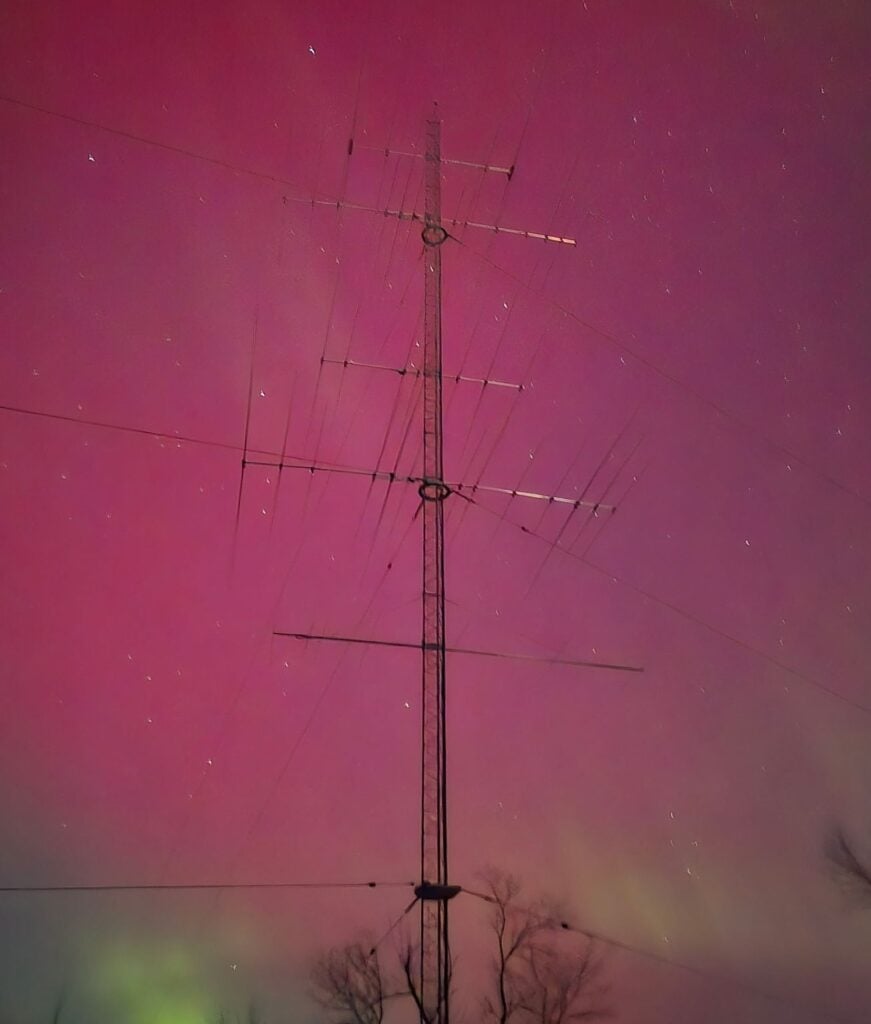
Aurora were visible across North America on the evening of November 11. Photo credit: Doug Arntson, KØPX
A severe (G4) geomagnetic storm lit up skies across the Northern Hemisphere overnight (Nov. 11-12), with vivid northern lights visible across Canada, the U.S, and as far south as Mexico.
The incredible display followed the arrival of multiple coronal mass ejections (CMEs) — eruptions of magnetic field and plasma from the sun — launched by sunspot AR4274, one of the most energetic sunspot groups of the current solar cycle. The ongoing storm ranks among the strongest of Solar Cycle 25 and last night’s peak at G4 clocked in as the third strongest geomagnetic storm this solar cycle. The first two CMEs struck in quick succession last night, compressing Earth’s magnetic field and unleashing spectacular aurora shows that lasted well into the night.
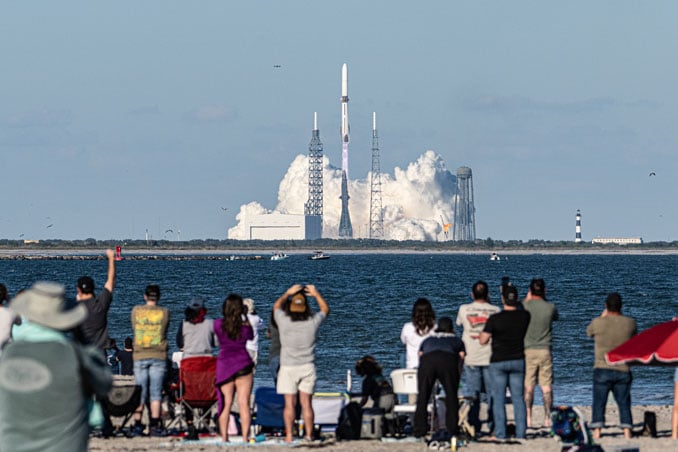 New Glenn lifts off from Launch Complex 36 at Cape Canaveral, carrying twin Mars probes for NASA. Image: Michael Cain/Spaceflight Now.
New Glenn lifts off from Launch Complex 36 at Cape Canaveral, carrying twin Mars probes for NASA. Image: Michael Cain/Spaceflight Now.
Blue Origin finally launched its second heavy-lift New Glenn rocket Thursday, Nov. 13, putting two small NASA satellites onto a long, looping course to Mars to learn more about how the sun has slowly blown away the red planet’s once thick atmosphere.
[ANS thanks spaceflight now and space.com for the above information. Read the full articles at:
https://spaceflightnow.com/2025/11/11/live-coverage-blue-origin-targets-nov-12-new-glenn-launch-following-weekend-weather-scrub/
https://www.space.com/stargazing/auroras/severe-geomagnetic-storm-sparks-northern-lights-across-north-america-and-as-far-south-as-mexico-photos.]
Only 6 Weeks Left to Get Your Coin!
Celebrating the 40th Anniversary of Amateur Radio on Human Spaceflight
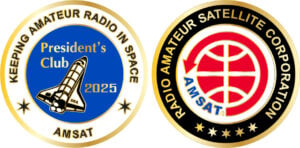
Help Support GOLF and Fox Plus.
Annual memberships start at only $120
Join the AMSAT President’s Club today!
Alarm Over Reductions at Goddard Space Flight Center
Alarm is growing among federal workers at NASA’s iconic Goddard Space Flight Center’s main campus in Greenbelt, Maryland — the nerve center for groundbreaking missions like the Hubble and James Webb space telescopes — as more than a dozen buildings on the campus are being emptied and padlocked during the federal shutdown, with very little notice to employees, said four sources who spoke to CNN on the condition of anonymity for fear of retribution. NASA leadership has pushed back against those concerns.
In one instance, furloughed employees were given just days to temporarily return to work and help empty entire buildings of highly specialized equipment, according to sources and internal emails obtained by CNN. In the communications, NASA managers wrote that equipment not moved in time — including one-of-a-kind hardware — could be thrown away or donated.
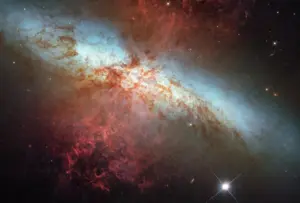
A Hubble Space Telescope composite image shows a supernova explosion designated SN 2014J in the galaxy M82.
Photo Credit: NASA Goddard
In a statement, a NASA spokesperson said the building closures are part of a “strategic consolidation” plan mapped out by Goddard leaders that should not impact ongoing projects.
One document reviewed by CNN, which was compiled by more than a dozen Goddard workers concerned about the steps taken at the campus, states that 13 buildings are being shuttered, including about 100 laboratories. The roughly 1,270-acre campus includes more than 30 large buildings and dozens of smaller structures.
The changes described by sources have the space agency’s engineers concerned they could permanently lose access to equipment and facilities that are crucial to keeping current and future projects on track.
[ANS thanks the CNN for the above information. Read the full story at https://www.cnn.com/2025/11/04/science/nasa-goddard-building-closures-government-shutdown]
Comet Photos Plagued by Satellite Streaks
Recent months have seen space fans revel in a wealth of spectacular astrophotography depicting the evolution of Comet Lemmon’s glowing coma and twisting tail as it journeyed through a Northern Hemisphere night sky swarming with satellites.
While many photographers opted to post sanitized views of Comet Lemmon, others intentionally compiled their images to reveal the incredible number of satellites that crossed the night sky over the course of multiple exposures.
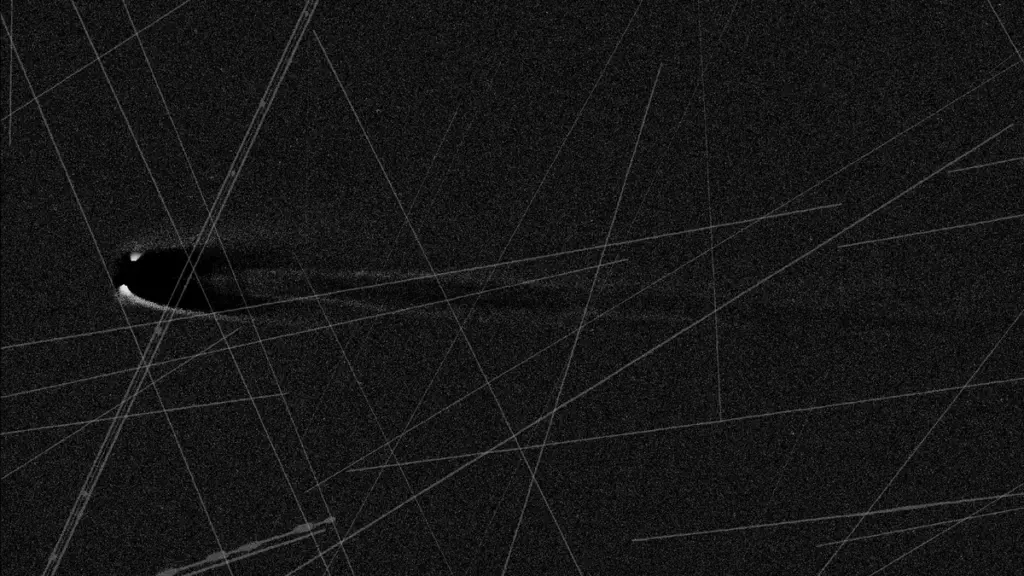 A composite image of Comet Lemmon revealing where bright pixels were rejected by an image-stacking algorithm. (Image credit: Dan Bartlett via Space.com)
A composite image of Comet Lemmon revealing where bright pixels were rejected by an image-stacking algorithm. (Image credit: Dan Bartlett via Space.com)
“Photographically, if someone is attempting to take a single image of a target and needs the image to be ‘clean’ — free of manmade objects — well, that image is nearly impossible to obtain,” astrophotographer Dan Bartlett told Space.com in an email. “Every single subframe I take (prior to stacking) now contains at least one, and usually more than one satellite streak.”
There are currently about 13,000 operational satellites orbiting Earth, of which about 8,900 are SpaceX Starlink craft. This number is set to exponentially increase, with SpaceX alone aiming to orbit up to 42,000 of its internet-beaming spacecraft, while competing companies aim to add thousands more satellites to their own “megaconstellations.”
Astrophotographers combat satellite streaks by capturing a multitude of short exposures over the course of a single session. The images are then combined and subjected to an algorithm that determines a median value for each pixel before rejecting outlier pixels with values that exceed set parameters.
[ANS thanks Space.com for the above information. Read the full article at https://www.space.com/stargazing/astrophotography/comet-lemmon-photos-are-plagued-by-satellite-streaks-heres-how-amateur-astronomers-face-the-problem .]
Need new satellite antennas?
Purchase M2 LEO-Packs from the AMSAT Store
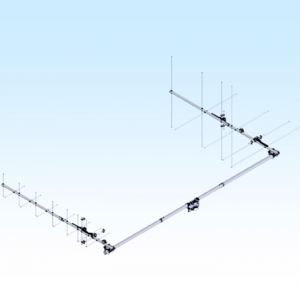 When you purchase through AMSAT, a portion of the proceeds goes towards
When you purchase through AMSAT, a portion of the proceeds goes towards
Keeping Amateur Radio in Space.
https://amsat.org/product-category/hardware/
Changes to AMSAT TLE Distribution for November 14, 2025
Two Line Elements or TLEs, often referred to as Keplerian elements or keps in the amateur community, are the inputs to the SGP4 standard mathematical model of spacecraft orbits used by most amateur tracking programs. Weekly updates are completely adequate for most amateur satellites. TLE bulletin files are updated daily in the first hour of the UTC day. New bulletin files will be posted immediately after reliable elements become available for new amateur satellites. More information may be found at https://www.amsat.org/keplerian-elements-resources/.
The following satellite has been removed from this week’s AMSAT distribution:
ENSO — NORAD Cat ID 58470 Decayed from orbit on or about 09 November 2025
The following satellite has been added to this week’s AMSAT distribution:
CEVROSAT1 — Provisional ID 98526 Note: Resource constraints at USSF 18SDS evidently are preventing generation of TLE for this satellite. The element set provided is unusally poor, expect the satellite to pass a minute or more away from predictions.
[ANS thanks Joe Fitzgerald, KM1P, AMSAT Orbital Elements Manager, for the above information.]
ARISS SSTV Event Continues
The worldwide Amateur Radio on the International Space Station (ARISS) team and the global family of ham radio enthusiasts celebrated 25 years of continuous amateur radio operations on the International Space Station (ISS) on November 13, 2025.
Only eleven days after the Expedition 1 crew took up residence on ISS the crew turned on the ham radio system and began speaking with teams in Star City Russia, the NASA Goddard Space Flight Center in Greenbelt, Maryland, and the NASA Johnson Space Center in Houston, Texas.
Throughout it all volunteer ARISS team members have worked side by side with space agencies and astronauts and cosmonauts around the world to develop, certify, launch and operate the ham radio systems that enable creation of an amateur radio bridge between people on earth and spacefarers in orbit.
During 25 years of continuous operations, ARISS has connected 1 million kids in classrooms and information educational settings to the ISS through nearly 1,800 ham radio contacts. It’s all about Science, Technology, Engineering and Math (STEM) educational opportunities. Maximum value is added by working with educators to ensure that their students learn about space science, living and working in space, ISS research and radio communications. This educational element starts 4-6 months before the ARISS contact.
When the time comes for their once-in-a-lifetime radio contact with the ISS, they use an amateur radio ground station at their host organization or one of our international ground stations to talk directly to the astronauts and cosmonauts on ISS—LIVE!
There are two amateur radio stations on ISS, one in the Columbus Module and one in the Service Module, supporting 24/7 communications with hams on the ground via voice and digital repeaters in space. ARISS also provides opportunities for youth and radio amateurs to downlink pictures, called Slow Scan Television (SSTV), from ISS as well as standard Television downlinks using our HamTV system and our L/S-Band antennas.
It’s important to note that these amateur radio systems are completely independent from the ISS communications systems. Because of that, they also serve as a pivotal ISS backup communications capability. If the main ISS communications systems fail or are rendered unusable, our flight hardware and ground operations team is ready to spring into action 24/7.
As we cross the threshold of 25 years of continuous operations on ISS and look forward to many more, ARISS will begin a one-year commemoration of its achievements. Several interactive initiatives for youth, educators, ham radio operators and the public are planned. Stay tuned to the ARISS website and social media channels to find out what what is planned. As reported in AMSAT News Service bulletins last week, the first commemorative event is already underway—an SSTV (picture downlink) event that started November 12 and runs through November 19.
[ANS thanks Frank Bauer, KA3HDO, ARISS International Chair, ARISS-USA Executive Director, for the above information.]
ARISS News
Amateurs and others around the world may listen in on contacts between amateurs operating in schools and allowing students to interact with astronauts and cosmonauts aboard the International Space Station. The downlink frequency on which to listen is 145.800 MHz worldwide.
Recently Completed
Colegio Del Faro, Benavídez, Tigre, Argentina, direct via LU4BB
The ISS callsign was OR4ISS
The scheduled crewmember was Mike Fincke KE5AIT
The ARISS mentor was VE3TBD
Contact was successful: Tue 2025-11-11 18:18:56 UTC 51 degrees maximum elevation
Congratulations to the Colegio Del Faro students, Mike, mentor VE3TBD, and ground station LU4BB!
Scheduled Contacts
SPACE Academy of Azercosmos, Baku, Azerbaijan, direct via 4K4AZE
The ISS callsign is presently scheduled to be OR4ISS
The scheduled crewmember is Mike Fincke KE5AIT
The ARISS mentor is SP3QFE
Contact is go for: Sun 2025-11-16 14:53:03 UTC 28 degrees maximum elevation
Russian school TBD, direct via TBD
The ISS callsign is presently scheduled to be RSØISS
The scheduled crewmember is Oleg Platonov
The ARISS mentor is RV3DR
Contact is go for Tue 2025-11-18 10:10 UTC
Escuela Jose Marti, Mexico City, Mexico, telebridge via IK1SLD
The ISS callsign is presently scheduled to be TBD
The scheduled crewmember is Zena Cardman KJ5CMN
The ARISS mentor is VE3TBD
Contact is go for: Wed 2025-11-19 15:34:03 UTC 55 degrees maximum elevation
Russian school TBD, direct via TBD
The ISS callsign is presently scheduled to be RSØISS
The scheduled crewmember is Oleg Platonov
The ARISS mentor is RV3DR
Contact is go for Thu 2025-11-20 14:50 UTC
Many times a school may make a last minute decision to do a Livestream or run into a last minute glitch requiring a change of the URL but we at ARISS may not get the URL in time for publication. You can always check https://live.ariss.org/ to see if a school is Livestreaming.
As always, if there is an EVA, a docking, or an undocking; the ARISS radios are turned off as part of the safety protocol.
The crossband repeater continues to be active (145.990 MHz up {PL 67} & 437.800 MHz down), If any crewmember is so inclined, all they have to do is pick up the microphone, raise the volume up, and talk on the crossband repeater. So give a listen, you just never know.
Packet operations (145.825 MHz up & down) suspended for SSTV (145.800 MHz down) until November 20.
Ham TV is configured for scheduled digital amateur television operations (2395.00 MHz).
Note, all times are approximate. It is recommended that you do your own orbital prediction or start listening about 10 minutes before the listed time.
The latest information on the operation mode can be found at https://www.ariss.org/current-status-of-iss-stations.html
The latest list of frequencies in use can be found at https://www.ariss.org/contact-the-iss.html
[ANS thanks Charlie Sufana, AJ9N, one of the ARISS operation team mentors for the above information.]
Want to fly the colors on your own grid expedition?
Get an AMSAT car flag and other neat stuff from our Zazzle store!
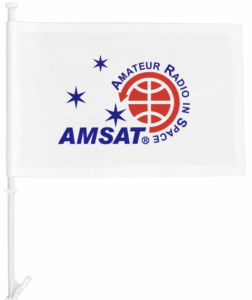
25% of the purchase price of each product goes towards Keeping Amateur Radio in Space
AMSAT Ambassador Activities
AMSAT Ambassadors provide presentations, demonstrate communicating through amateur satellites, and host information tables at club meetings, hamfests, conventions, maker faires, and other events.
None currently scheduled.
Interested in becoming an AMSAT Ambassador? AMSAT Ambassadors provide presentations, demonstrate communicating through amateur satellites, and host information tables at club meetings, hamfests, conventions, maker faires, and other events.
For more information go to: https://www.amsat.org/ambassador/
[ANS thanks Bo Lowrey, W4FCL, Director – AMSAT Ambassador Program, for the above information.]
Satellite Shorts from All Over
+ Amazon is rebranding its “Project Kuiper” constellation of satellites in low Earth orbit. The program will now be known as “Amazon Leo.” There are now 153 Kuiper satellites satellites in orbit, intended to provide high-speed internet connections worldwide. (ANS thanks Amazon for the above information.)
+ LambdaVision, a biotech company, has flown nine missions to the ISS, where it produced a 200-layer protein thin film as a precursor to an artificial retina implants. Most recently, the company won a NASA Phase 2 In Space Production Applications award in September to continue developing the company’s in-space manufacturing process — in this case, in partnership with microgravity research firm Space Tango. (ANS thanks PayloadSpace.com for the above information. See the full article at https://payloadspace.com/lambdavision-closes-7m-seed-round-to-make-retinas-in-leo/.)
+ Three Chinese astronauts returned from their nation’s space station Friday after more than a week’s delay because the return capsule they had planned to use was damaged, likely from being hit by space debris. The team left their Shenzhou-20 spacecraft in orbit and came back using the recently arrived Shenzhou-21, which had ferried a three-person replacement crew to the station, China’s Manned Space Agency said. The original return plan was scrapped because a window in the Shenzhou-20 capsule had tiny cracks, most likely caused by impact from space debris, the space agency said Friday. (ANS thanks the Associated Press for the above information. Read the full story at https://apnews.com/article/china-space-station-stranded-crew-shenzhou-e266f7106491b587e60d303068973761)
+ SpaceX launched another batch of Starlink broadband satellites November 10 on a Falcon 9 rocket. It was the 94th orbital mission so far this year from Cape Kennedy, breaking 2024’s record of 93 launches. A SpaceX executive said at a conference recently that he expected the company to finish the year with 165 to 170 Falcon 9 launches, which would also be a record. The total number of Starlink satellites launched so far in 2025 is 2,600. And the year’s not over yet. (ANS thanks SpaceNews Editor’s Choice newsletter for the above information.)
Join AMSAT today at https://launch.amsat.org/
In addition to regular membership, AMSAT offers membership to:
- Societies (a recognized group, clubs or organization).
- Students under age 25 are eligible for free membership.
- Memberships are available for annual and lifetime terms.
Contact info [at] amsat.org for additional membership information.
73 and remember to help Keep Amateur Radio in Space!
This week’s ANS Editor,
Mark Johns, KØJM
mjohns [at] amsat.org
ANS is a service of AMSAT, the Radio Amateur Satellite Corporation, 712 H Street NE, Suite 1653, Washington, DC 20002
AMSAT is a registered trademark of the Radio Amateur Satellite Corporation.
